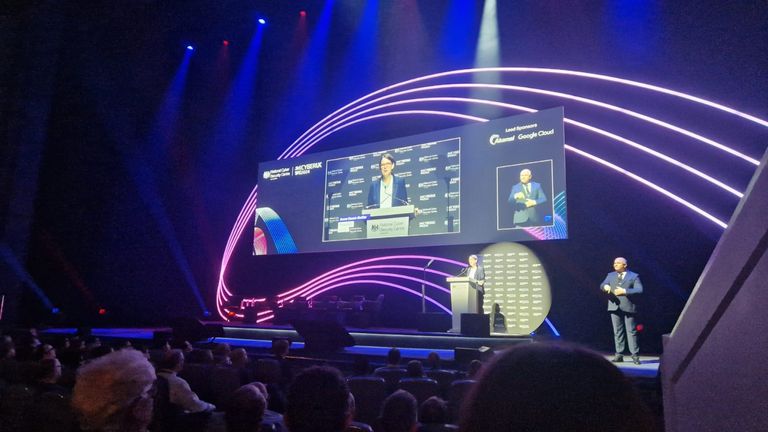A strange category of chemicals present in the early days of the solar system has mystified scientists for years—until now.
These materials, called p-nuclei or proton-rich nuclei, are a rare group of isotopes of elements heavier than iron that have a low amount of neutrons.
Scientists haven't been sure how these isotopes originated, but according to a new paper in the journal Physical Review Letters, it may be as a result of something called the vr-process.
Atomic elements are made up of a nucleus, which contains neutrons and positively charged protons, as well as negative electrons orbiting around the nucleus. Elements are defined by how many protons they have: Hydrogen has one proton, helium has two, oxygen has eight, and so on.
All of the elements in the periodic table with fewer protons than iron and nickel are created in the core of stars by nuclear fusion, with elements heavier than this being created via the s-process (slow neutron capture) or r-process (rapid neutron capture), which may occur during supernovae. This is how the majority of known elements are created in the universe.
However, p-nuclei have very few neutrons in their nucleus, meaning that they must be made via other methods. This has mystified scientists, as there were large amounts of 92,94Mo (Molybdenum atoms with an atomic mass of 92 and 94, and therefore 52 or 50 neutrons), 96,98Ru (Ruthenium with 54 or 52 neutrons) and 92Nb (Niobium with 51 neutrons) present in the early solar system with unknown origins.
In the paper, the researchers suggest the vr-process, which is when neutron-rich materials are exposed to large amounts of neutrinos in high-energy stellar explosions.
Neutrinos are subatomic particles that are extremely light and electrically neutral, which allows them to pass through ordinary matter with very little interaction. Due to their weak interaction with matter, neutrinos are extremely difficult to detect, and large and sensitive detectors are needed to observe them. The detectors often use large volumes of water or ice to increase the chances of a neutrino interacting with a nucleus or electron, which can then be observed through the radiation emitted by the resulting charged particles.
This vr-process works via the neutrinos catalyzing several reactions, creating heavy elements in the usual methods, and then also converting neutrons to protons in their nuclei. This creates heavy elements with fewer neutrons than usual.
"Our finding opens a new possibility to explain the origin of p-nuclei via neutrino absorption reactions on nuclei," study co-author Zewei Xiong, a scientist at GSI/FAIR Nuclear Astrophysics and Structure Department, said in a statement.
The researchers suggest that this νr-process may occur in material ejected in an environment with strong magnetic fields, such as in magnetars, or in magneto-rotational supernovae, which are a specific class of supernova explosions influenced strongly by the magnetic fields and rotation of the dying star.
Do you have a tip on a science story that Newsweek should be covering? Do you have a question about neutrinos? Let us know via science@newsweek.com.
Disclaimer: The copyright of this article belongs to the original author. Reposting this article is solely for the purpose of information dissemination and does not constitute any investment advice. If there is any infringement, please contact us immediately. We will make corrections or deletions as necessary. Thank you.



